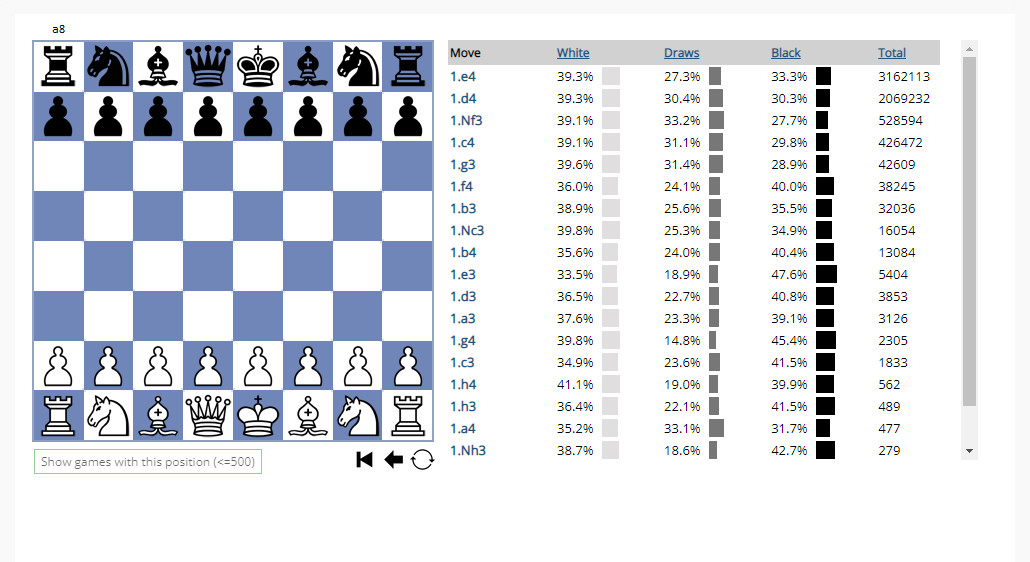This coming Thursday November 11th. is the feast of St. Martin.
St. Martin's Day, also known as the Feast of St. Martin, Martinstag or Martinmas, the Feast of St Martin of Tours or Martin le Miséricordieux, is a time for feasting celebrations. This is the time when autumn wheat seeding was completed, and the annual slaughter of fattened cattle produced "Martinmas beef". Historically, hiring fairs were held where farm laborers would seek new posts. November 11 is the feast day of St. Martin of Tours, who started out as a Roman soldier. He was baptized as an adult and became a monk. It is understood that he was a kind man who led a quiet and simple life. The most famous legend of his life is that he once cut his cloak in half to share with a beggar during a snowstorm, to save the beggar from dying of the cold. That night he dreamed that Jesus was wearing the half-cloak Martin had given away. Martin heard Jesus say to the angels: "Here is Martin, the Roman soldier who is not baptised; he has clothed me".
St. Martin was known as friend of the children and patron of the poor. This holiday originated in France, then spread to Germany, Scandinavia, and Eastern Europe. It celebrates the end of the agrarian year and the beginning of the harvesting. From the late 4th century to the late Middle Ages, much of Europe, including the UK, engaged in a period of fasting beginning on the day after St. Martin's Day, November 11. This fast period lasted 40 days, and was, therefore, called "Quadragesima Sancti Martini", which means in Latin "the forty days of St. Martin." At St. Martin's eve, people ate and drank very heartily for a last time before they started to fast. This period of fasting was later shortened and called "Advent" by the Church.
The goose became a symbol of St Martin of Tours because of a legend that when trying to avoid being ordained bishop he had hidden in a goose pen, where he was betrayed by the cackling of the geese. St. Martin's feast day falls in November, when geese are ready for killing. St Martin’s Day was an important medieval autumn feast, and the custom of eating goose spread to Sweden from France. It was primarily observed by the craftsmen and noblemen of the towns. In the peasant community, not everyone could afford to eat goose, so many ate duck or hen instead.
Though no mention of Saint Martin's connection with viticulture is made by Gregory of Tours or other early hagiographers, he is nonetheless credited with a prominent role in spreading wine-making throughout the Touraine region and facilitating the planting of many vines. The Greek myth that Aristaeus first discovered the concept of pruning the vines after watching a goat eat some of the foliage has been appropriated to Martin. Martin is also credited with introducing the Chenin blanc grape varietal, from which most of the white wine of western Touraine and Anjou is made.
A Maltese "Borża ta' San Martin"
St. Martin's Day (Jum San Martin in Maltese) is celebrated in Malta on the Sunday nearest to November 11. Children are given a bag full of fruits and sweets associated with the feast, known by the Maltese as Il-Borża ta' San Martin, "St Martin's bag". This bag would include walnuts, hazelnuts, almonds, chestnuts, dried or processed figs, seasonal fruit (like oranges, tangerines, apples and pomegranates) and "Saint Martin's bread roll" (Maltese: Ħobża ta' San Martin).
There is a traditional rhyme associated with this custom:
Ġewż, Lewż, Qastan, Tin
Kemm inħobbu lil San Martin.
(Walnuts, Almonds, Chestnuts, Figs
I love Saint Martin so much.)
A feast is celebrated in the village of Baħrija on the outskirts of Rabat (Malta), including a procession led by the statue of Saint Martin. There is also a fair, and a show for local animals. San Anton School, a private school on the island, organises a walk to and from a cave especially associated with Martin in remembrance of the day.
A number of places in Malta are named after this saint, including San Martin on the outskirts of St. Paul's Bay, and Ġebel San Martin outside of Żejtun.




